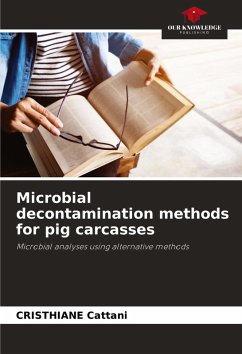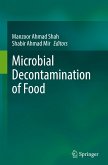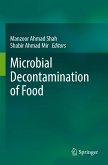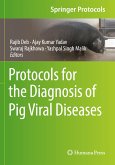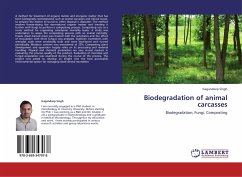The aim of this study was to evaluate the application of hot water between 76°C and 78°C and 1.5% lactic acid on the surface of pork carcasses with a view to microbial reduction. Four treatments were used, T1, T2, T3 and T4 with water at different temperatures followed or not by sprinkling of lactic acid. Alternative and conventional microbiological diagnostic methods were used and compared for the detection of microorganisms. Swabs were taken from naturally contaminated pig carcasses during the normal slaughter process, and the following microorganisms were investigated: aerobic mesophiles, enterobacteria, Escherichia coli, Salmonella spp., E. coli 0157 by conventional methodology, and alternatives by PETRIFILM(TM) and TEMPO® . There were no positive results for E. coli O157. Salmonella spp. was detected in 5 (6.58%) of the 76 carcasses sampled, and the serotypes found were Thyphimurium, Agona and Derby. The treatment that showed the best reduction in the number of contaminated carcasses was the one that consisted of bathing the carcasses in water with a temperature between 76°C and 78°C followed by spraying them with lactic acid at a concentration of 1.5%.
Bitte wählen Sie Ihr Anliegen aus.
Rechnungen
Retourenschein anfordern
Bestellstatus
Storno

